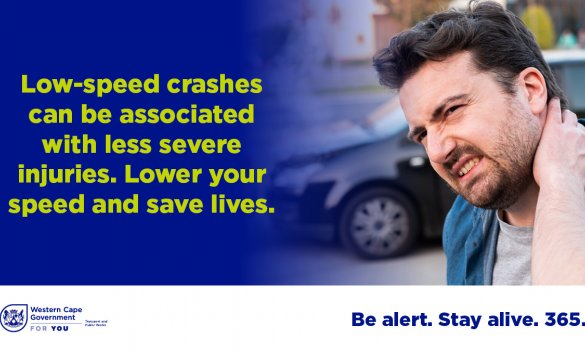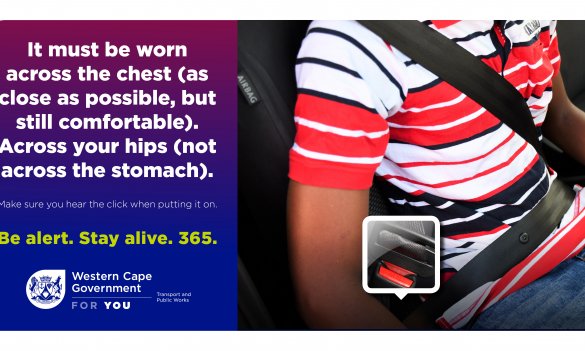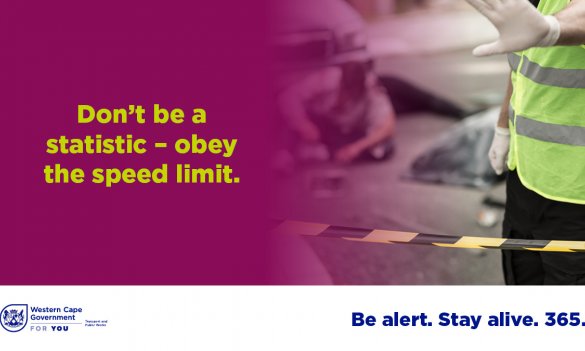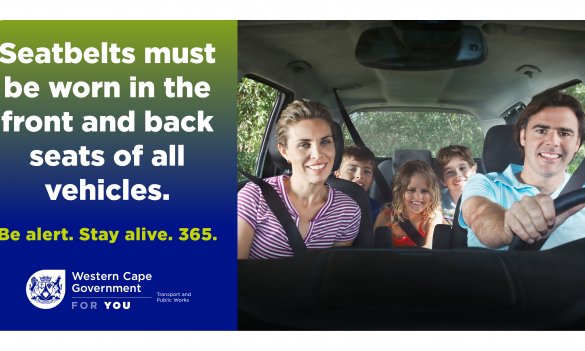Approximately 75% of road injuries and deaths happen less than 40 kilometres from home, and 80% happen when people are travelling slower than 80 km/h. Every driver and every passenger must ensure that they are wearing their seatbelts. Young children must be secured in age-appropriate harnesses.
A seatbelt, it is also called a safety belt, is a safety harness designed to secure the occupants (driver and passengers) of a vehicle against high-impact movements that may result from a collision or sudden stop. Seatbelts reduce the likelihood and severity of injury in a traffic collision by stopping vehicle occupants from hitting hard interior elements of a vehicle and other passengers.
A seatbelt is designed to stretch at a controlled rate to absorb crash energy and to slow down an occupant’s deceleration. Seatbelts should be worn in both the front and the back seats. Occupants should make sure that their seatbelts are worn across the chest (as close as possible, but still comfortable), across the hips (not across the stomach), and they must make sure they hear the click as the seatbelt closes securely.
Always wear a seatbelt, even on the shortest trip. Seatbelts save lives!




